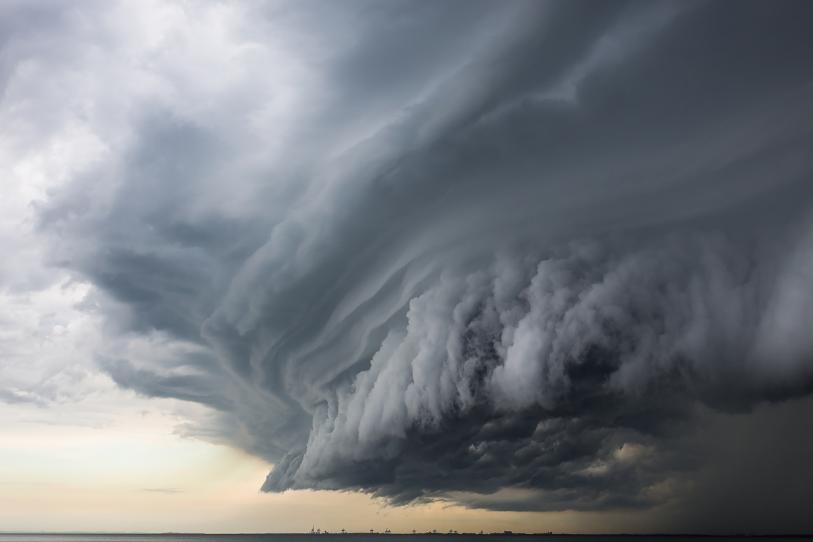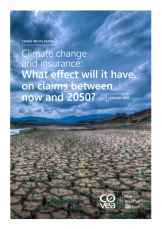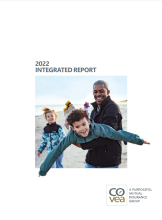Coping with intensive risk events
- Prevention
- Covéa
12 December 2023
Intensive risk events are becoming increas- ingly predominant in the news as well as in the operations of insurers and reinsurers. Compensation costs have increased substantially. Although these risks are not new, they are nevertheless tending to increase in number and become more commonplace. The challenge is therefore to continue to analyse these risks in greater depth, optimise risk modelling and assess their likelihood in order to anticipate them and prevent or address these risks.
Sharp rise in climate risk

After heavy flooding in 2021 caused by torrential rain in Germany and Belgium, as well as heat domes in North America, weather events continued to escalate in 2022. France experienced a large number of hailstorms, some of which were particularly severe, as well as Storms Eunice and Franklin, flooding, a series of heatwaves, huge forest fires and a long spell of drought. According to France Assureurs, the cost of these natural disasters came to over €10 billion in 2022, a level not seen since Storms Lothar and Martin in 1999. This cost is almost three times higher than over the period from 2017 to 2021, when the average cost was €3.5 billion per year. The same could be seen across the rest of the world, with a series of extreme weather events in the United States, Asia and Australia.
Over the last 15 years, the Group has developed a weather risk modelling programme called Coventéo, which aims to better control claims, provide early warning and implement internal and external ways of dealing with these events. In 2022, Covéa also published a white paper on climate risk modelling in order to further research into this area. Among other things, it aims to take better account of uncertainties in pricing policies, track its portfolio on a regular basis, carefully select risks and adopt a targeted prevention policy.
Resurgence of pandemic risk

Following the alerts relating to SARS (2003) and H1N1 flu (2009), the world was faced with the reality of pandemic risk with Covid-19 in 2020, the deadliest pandemic since the Spanish flu a century earlier. The health crisis was accompanied by an unprecedented occurrence: the near-total shutdown of global economic activity due to half of the planet being locked down for several weeks. “The health crisis had an extremely high cost for insurers and reinsurers after many governments made the decision to shut down businesses,” explains Jacques Bonneau. Like all insurers, the Group has since amended its policies, considering the closure of entire parts of the economy to be a systemic risk, which by definition cannot be insured. Nonetheless, globalisation means that the pandemic risk is even greater now than it was previously.
Sharp increase in cyber risk
As regards cyber risk, with a steep rise in the number of attacks, the challenge relates to the difficulty of controlling this type of risk, which is still relatively new. Covéa has therefore endeavoured over the last few years to think of this risk in legal terms in order to define the terms of compensation and precisely assess the effects, whether direct or indirect. However, “the Group intends to continue to develop its knowledge of this risk in order to create appropriate insurance solutions at a fair cost,” states Thierry Francq. Faced with these intensive risks, which also include the increasingly significant risks of longevity* and dependency, risk diversification – whether geographical or in terms of a different way of covering risk – is of considerable importance. Covéa’s acquisition of PartnerRe has enlarged the Group’s risk portfolio and constitutes the best solution to tackling these risks under optimum conditions.
*Longevity risk is a financial risk relating to the fact that, on average, individuals are living muchlonger than expected.
Publications et white papers
All our analyses and white papers

